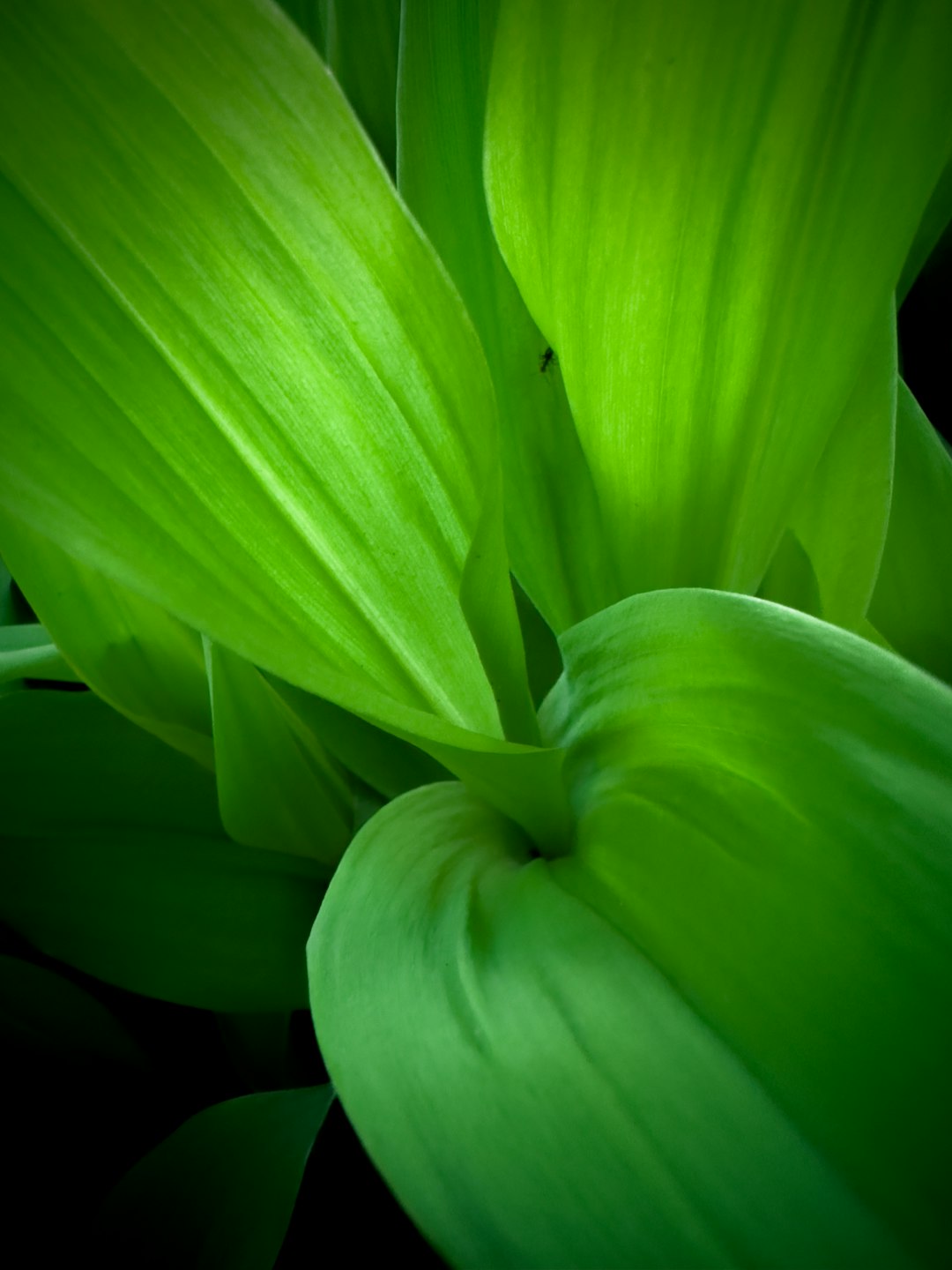The Secret Key to a Bountiful Pumpkin Harvest

In the world of edible gardening, growing pumpkins is a rewarding endeavor. However, to truly maximize your pumpkin harvest and keep your garden free from pests in a natural way, the concept of companion planting comes into play. Companion planting is an age - old agricultural practice that involves growing different plants together for mutual benefits. Here are some of the top pumpkin companion plants that can work wonders for your garden.
One of the most well - known pumpkin companion plants is corn. Corn provides a natural trellis for the pumpkin vines. As the pumpkin vines sprawl on the ground, the tall cornstalks stand upright. The pumpkins can use the corn as a support structure, allowing them to grow in a more organized manner. Moreover, the large leaves of the pumpkins help to suppress weeds around the base of the corn. This symbiotic relationship not only makes efficient use of space but also enhances the overall health of both plants.
Another excellent companion for pumpkins is beans. Beans are nitrogen - fixing plants. They have the unique ability to take nitrogen from the air and convert it into a form that can be used by plants. Pumpkins are heavy feeders, and they require a significant amount of nitrogen to grow and produce large, healthy fruits. By planting beans near pumpkins, the beans can supply the necessary nitrogen to the soil, which in turn benefits the pumpkins. Additionally, the vining nature of beans can add an extra layer of ground cover, further reducing weed growth.
Marigolds are a must - have in any pumpkin patch. These bright and colorful flowers are not just for show. Marigolds have natural pest - repellent properties. They release a chemical that deters nematodes, which are tiny worms that can damage the roots of pumpkins. By planting marigolds around the perimeter of your pumpkin patch or interspersing them among the pumpkin plants, you can create a natural barrier against these harmful pests. Marigolds also attract beneficial insects such as ladybugs and lacewings, which feed on aphids and other pests that might otherwise attack your pumpkins.
Nasturtiums are also great companions for pumpkins. Nasturtiums have a peppery taste that many pests find unappealing. They can act as a sacrificial plant, attracting pests such as aphids and whiteflies away from the pumpkins. This means that the pests will target the nasturtiums instead of your precious pumpkins. Additionally, nasturtiums add a splash of color to your garden and can be used in salads, making them both functional and edible.
Radishes are another valuable addition to a pumpkin garden. Radishes grow quickly and can be harvested before the pumpkin vines start to spread too much. They help to break up the soil as they grow, improving soil aeration and drainage. This is beneficial for the pumpkins, as they prefer well - drained soil. Radishes also attract beneficial insects and can help to keep the soil healthy for the long - term growth of the pumpkins.
In conclusion, by incorporating these top pumpkin companion plants into your garden, you can create a thriving ecosystem that boosts your pumpkin harvest and keeps pests at bay. Not only does companion planting reduce the need for chemical pesticides, but it also makes your garden more beautiful and diverse. So, the next time you plan your pumpkin patch, don't forget to include these wonderful companion plants.